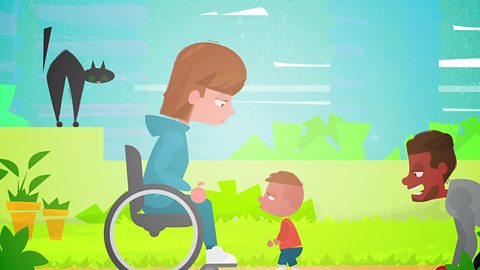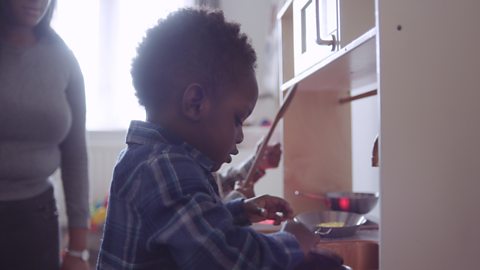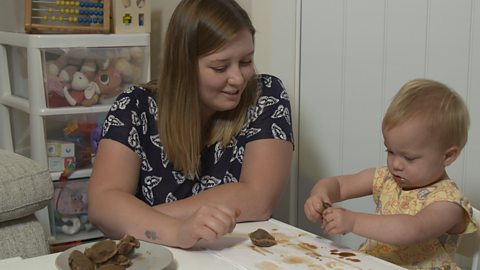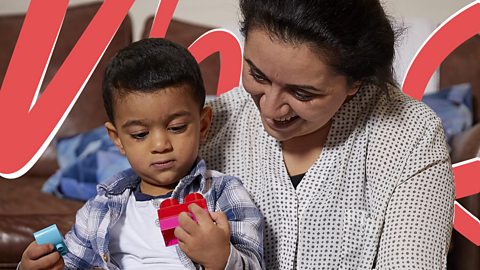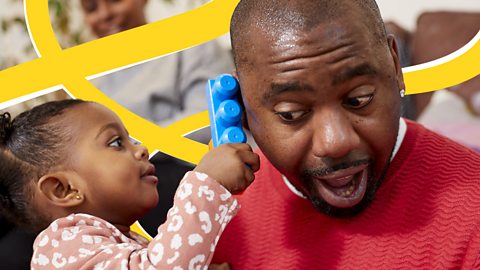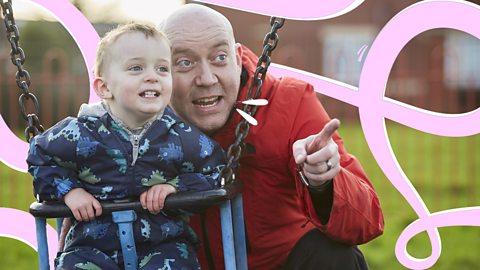As they begin putting more and more words together, children still need help to understand the rules of building sentences by getting them in the right order. It's normal for them to make a few mistakes as they practise.
Help them to get sentence structure right by repeating their sentences back to them correctly, so they hear how the rules of sentences work over and over and eventually get used to how they should sound.
We spoke to the experts about why this works - find out more in the video below.
Children are putting their word learning into practice, they're listening to others and linking more words together.
All brilliant tools to improve their talking skills.
But they still need your help in building those sentences as they say more.
Listen to the words and sentences your child says and repeat what they say back to them. You'll probably need to fill in the gaps!
And if your child says something that's not quite right, repeat their sentence correctly.
This is called 'recasting' and helps them understand sentence structure
So listen to your child's sentences, fill in those missing gaps, repeat back words that aren't quite right and keep doing it!

What does 'recasting' mean?
Recasting is a term used by speech and language therapists to refer to a way of responding to children when they say words or phrases incorrectly or slightly oddly.It simply meansrepeating the sentenceyou think your child is trying to say back to themcorrectly.**
This doesn't mean saying 'no, that's not right', or drawing attention to their error, but just saying the sentence back to them as it should be said. So for example, if they rolled a ball down a slide and said 'ball go down', you might say 'yes, the ball goes down the slide when you drop it.'
Why is recasting good for toddlers' language skills?
The more toddlers hear the sentences they're trying to say said properly, the more likely they'll learn the rules over time and begin to form proper sentences for themselves.
By not pointing out their mistakes, you're allowing them to grow in confidence and keep trying to speak to you about the things they see, hear and do.
More about recasting


